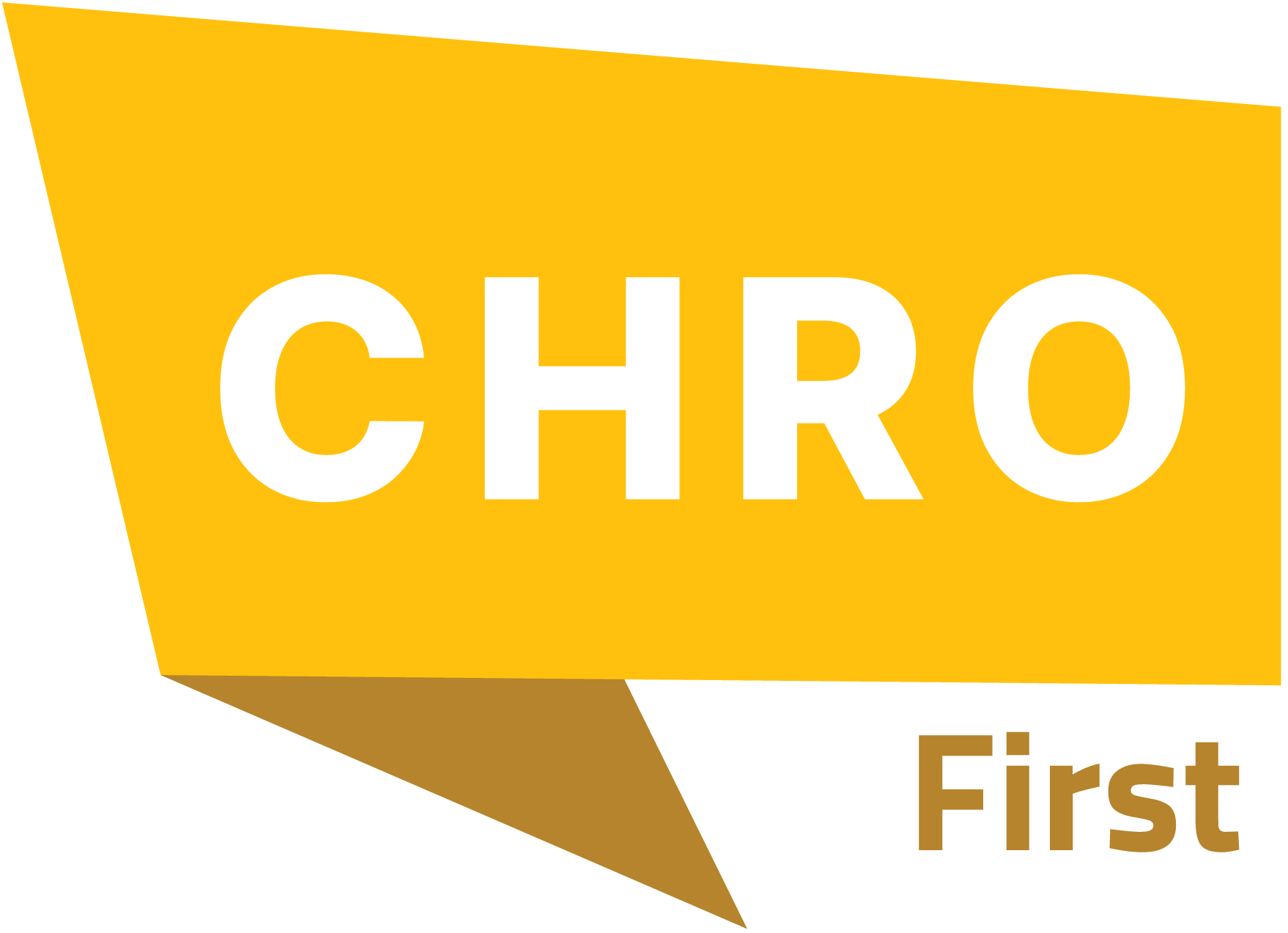HR used to be boxed in as the team that handled forms, fixed payroll issues, and answered the same ten questions every day. That world is fading fast. Companies expect HR to operate as a real strategic partner now shaping talent, performance, culture, and the long-term health of the workforce. The problem is the old workload didn’t disappear. Manual onboarding steps. Endless data entry. Chasing compliance updates. Fielding routine employee queries. All of it still eats up hours and pulls attention away from the work that actually moves the business.
That’s why automation isn’t a nice-to-have anymore. It’s the only way HR teams get the bandwidth, accuracy, and speed required to meet modern expectations. With the right mix of RPA, AI, and machine learning, the heavy lifting shifts to systems while people focus on decisions, coaching, and strategy. This article breaks down real case studies that show exactly how that shift plays out.
The Foundational Pillars of Successful Automation

A lot of teams talk about HR Automation, yet most of what they call automation is just digital paperwork in a nicer folder. The real game starts when workflows actually run without someone nudging them every few minutes. You start feeling the shift when systems route tasks on their own, employees find answers without raising tickets, and machine learning steps in for things that used to drain hours. And here is the reality check. McKinsey’s latest HR Monitor shows that only 19 percent of core HR processes use GenAI today while another 32 percent are still stuck in pilots. So the gap is wide and the opportunity is even wider.
To make sense of it, think in three layers. First is transactional automation, where RPA quietly handles the repetitive grind like data entry and document movement. Then you move to intelligence automation, the zone where AI and ML take over screening, forecasting and pattern spotting. And rounding it out is employee self-service, which lets people handle basics like leave requests and pay slips without pinging HR again and again.
When these layers work together, you get the trifecta that every modern HR team chases. Faster processes, cleaner data, and a smoother employee experience. McKinsey even points out that pairing GenAI with shared services is turning into a serious operational lever.
Real-World Success Stories
Case Study 1: Streamlining Talent Acquisition with Intelligence
Hiring looks simple on paper, but the moment applications start flooding in, the whole thing collapses under its own weight. Most teams end up juggling spreadsheets, inconsistent screening rules and a candidate experience that feels stitched together at the last minute. The result is predictable. Slow shortlisting, missed talent and a hiring process that drags longer than anyone wants to admit.
Now imagine flipping that script. The shift usually starts when teams bring in AI driven matching and automated interview scheduling inside their ATS. Once that layer kicks in, the heavy lifting moves away from recruiters. Oracle’s recent work in this space is a good proof point. Their Fusion Cloud Recruiting uses agentic AI to run a Career Coach that matches skills and interests with roles in real time, which means candidates do not get lost in the pile and recruiters stop spending hours on manual filtering.
As the system starts handling early stage screening, teams finally get breathing room to focus on evaluating people instead of chasing data. And because the matching is consistent, the quality of hire usually goes up. Screening time drops sharply, because interviews get scheduled automatically and the right candidates move forward faster. You even see diversity metrics improve since the model keeps the same criteria from the first application to the last.
So when you stack it all together, the recruitment workflow becomes tighter, fairer and noticeably quicker. It is the first place where intelligence automation shows what it can really do for talent teams.
Also Read: HRIS Systems Explained: How Modern HR Technology Streamlines Workforce Management and Drives Strategic HR Outcomes
Case Study 2: Elevating Employee Experience via HR Service Delivery
Anyone who has spent even a week inside an HR inbox knows the real bottleneck is not strategy. It is the never ending stream of tiny questions that eat the entire day. People want their PTO balance, their onboarding steps, their policy clarifications and they want it now. When those questions pile up, response times slow down and everyone feels it. HR feels buried. Employees feel ignored. Morale dips before anyone even notices what went wrong.
This is usually the moment when teams try a proper automation layer instead of another FAQ page. A multilingual, always on AI chatbot tied directly into the HRIS becomes the front door for most routine needs. And Oracle has pushed this idea into a whole different zone. Their 2025 rollout of role based AI agents brought in assistants for onboarding, performance reviews, leave policy queries, tax guidance, timecards and even contract checks. So the repetitive stuff gets handled instantly without dragging HR into it.
As teams get comfortable, the setup grows stronger. The June 2025 AI Agent Studio lets HR build their own agents for niche workflows, while the October Agent Marketplace brings ready-made options they can plug in without writing anything. The moment these pieces’ start working together, deflection rates climb because the bot responds to most questions before they hit the service desk. Ticket volume drops and onboarding flows clean up because the agents guide employees step by step instead of sending them hunting for information.
The final effect is simple. HR finally gets its time back and employees stop waiting for answers that should never have needed a human in the first place.
Case Study 3: Ensuring Compliance and Accuracy in Core Administration
Payroll and compliance look routine from the outside, yet they are the parts of HR where one small mistake can snowball into fines, overpayments or audit nightmares. When teams manage everything by hand, someone is always chasing mismatched records, fixing last minute errors or trying to reconcile data across systems that do not really talk to each other. It slows the entire cycle and creates a level of risk no one wants to admit.
This is where RPA and intelligent checks start earning their place. The goal is simple. Pull data from every system, clean it automatically and flag anything that looks off before it reaches payroll day. Oracle’s Payroll Run Analyst Agent shows this in action. It scans payroll runs in advance, spots anomalies caused by new hires, salary changes or missing entries and surfaces them before they hit payouts. Pair that with their contract and tax automation agents and suddenly the compliance layer becomes far more predictable.
Once these automations settle in, the entire back office stabilizes. Error rates drop close to zero because the agents catch issues long before humans do. Reporting also moves faster since the system generates regulatory documents automatically instead of forcing HR to piece them together manually. And when audit season comes around, everything is already organized.
You see the same pattern in companies like Santander, where tightening these workflows cut onboarding from six weeks to two days. When machines handle the repetitive checks, HR finally stops firefighting and starts running a cleaner, safer operation.
The ROI and Implementation Blueprint
When companies think about automation, they usually picture cost savings first, and honestly, that’s fair. Hard ROI is easy to measure because it shows up directly in the budget. HR teams save money by cutting manual overtime, reducing payroll rework and speeding up hiring cycles so roles don’t sit empty for weeks. On the softer side, though, there’s a real lift in how employees feel. Engagement improves, retention stabilizes and even HR folks report higher job satisfaction because they’re no longer buried under chores.
PwC’s recent numbers paint this picture well. About 54 percent of workers used AI in the past year, yet only 14 percent touch GenAI daily. The interesting twist is what happens when they do use it regularly. Nearly 90 percent of daily users say their productivity shoots up. Jobs that rely on AI skills also earn a wage premium around 56 percent, and productivity in AI-exposed sectors has almost quadrupled between 2018 and 2024. With skills shifting 66 percent faster now, automation becomes less of a trend and more of a survival strategy.
Rolling this out takes structure, though. The cleanest way is to map out all the repetitive processes, choose one high-impact workflow, build a small pilot, measure its performance and then scale it across teams. People often underestimate the human side of this shift. Deloitte’s insights land a little heavy here, with 66 percent of managers saying new hires aren’t prepared for tech-driven roles and 54 percent worried about where the line is between human and machine work.
That’s why change management and upskilling matter more than ever. Automation isn’t about replacing anyone. It’s about making sure the people already doing the work have the support, tools and training to do it without burning out.
Future-Proofing the Workforce

The big takeaway is pretty straightforward. Automation isn’t here to wipe out HR roles. It’s here to pull the busywork off people’s plates so they can finally lean into the strategic stuff they were hired for. When you look at what’s happening across organizations that made the shift, the pattern is the same. Less grind. More clarity. Better talent decisions. And an employee experience that actually feels intentional instead of accidental.
The cases we walked through make one thing obvious. The tech is ready. The wins are measurable. And the teams that move early get a compounding advantage because their people have more time, cleaner data, and sharper insights.
If someone’s trying to figure out where to start, the smartest move is to pick one painful, repetitive, high-volume process and automate it. Prove the value fast. Then scale with confidence.

